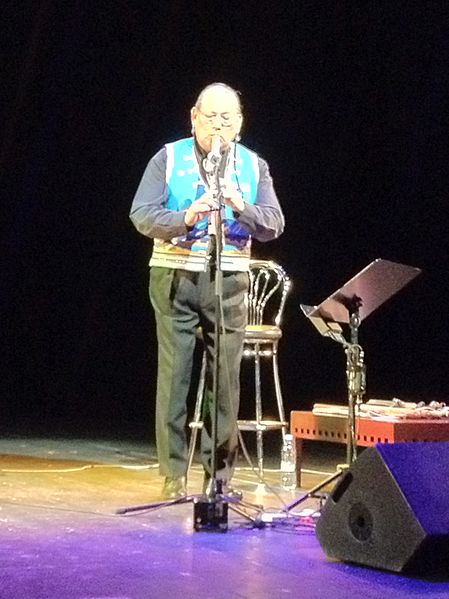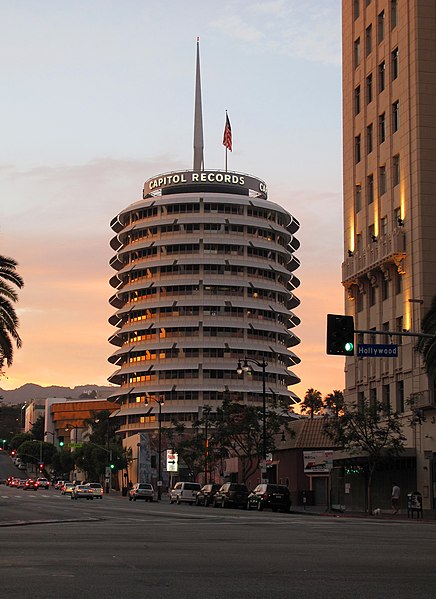Scotland is internationally known for its traditional music, which remained vibrant throughout the 20th century and into the 21st when many traditional forms worldwide lost popularity to pop music. Despite emigration and a well-developed connection to music imported from the rest of Europe and the United States, the music of Scotland has kept many of its traditional aspects and influenced many other forms of music.
Five course Gittern or "Quintern" dated 1450, built by luthier Hans Oth
A detail from The Highland Wedding by David Allan, 1780
KT Tunstall has incorporated folk music with rock, earning her international success through the 2000s–2020s
Folk band Runrig sang mostly in Scottish Gaelic and found commercial success in mainland Europe
Music of the United States
The United States' multi-ethnic population is reflected through a diverse array of styles of music. It is a mixture of music influenced by the music of Europe, Indigenous peoples, West Africa, Latin America, Middle East, North Africa, amongst many other places. The country's most internationally renowned genres are traditional pop, jazz, blues, country, bluegrass, rock, rock and roll, R&B, pop, hip-hop/rap, soul, funk, religious, disco, house, techno, ragtime, doo-wop, folk, americana, boogaloo, tejano, surf, and salsa, amongst many others. American music is heard around the world. Since the beginning of the 20th century, some forms of American popular music have gained a near global audience.
Raymond Carlos Nakai is an American Indian of Navajo/Ute heritage. His Earth Spirit and Canyon Trilogy albums are the only Native American albums to be certified gold and platinum, respectively, by the RIAA.
The entrance of the Grammy Museum at L.A. Live
Capitol Records headquarters building
Singer Elvis Presley was one of the most successful music artists of the 20th century, he is often referred to as "the King of Rock and Roll", or simply, "the King".








